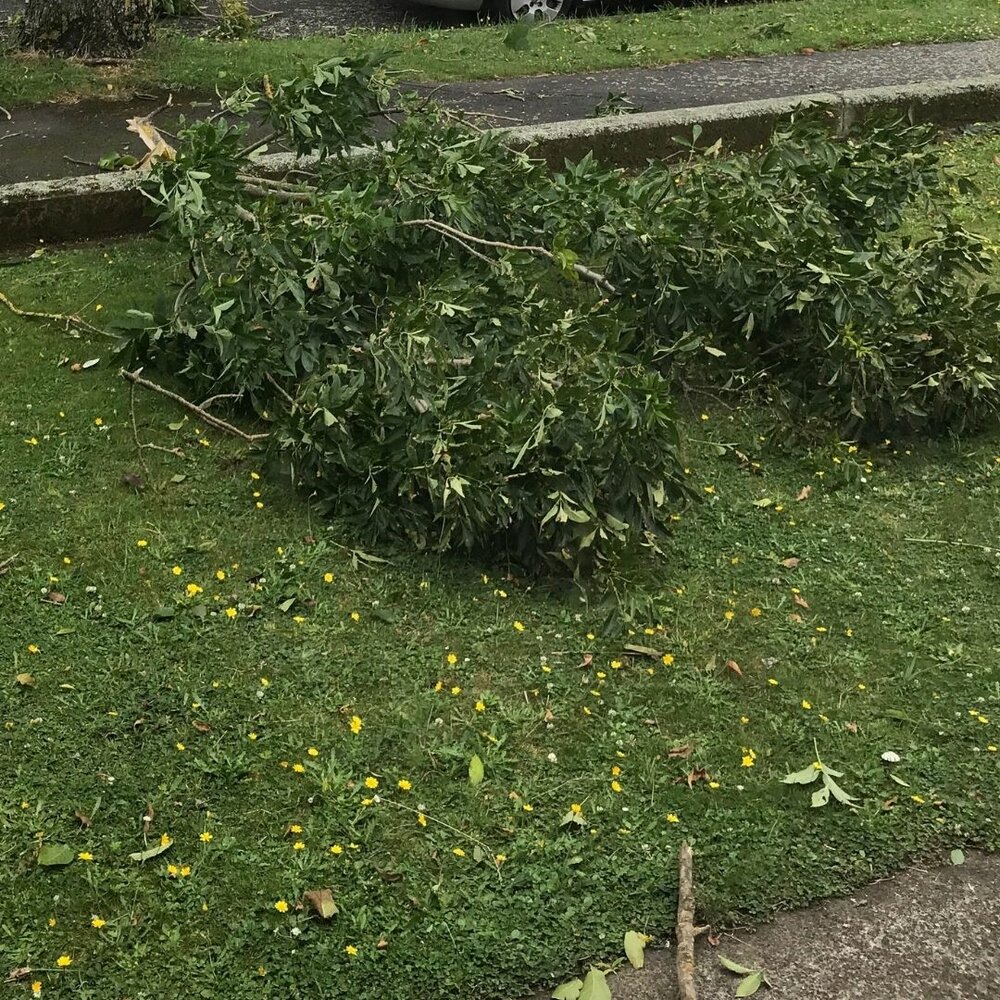Unexpected rough weather can be a great challenge for gardeners. We have gathered some tips to help revive your garden.
1. Keep calm and assess the damage.
Garden journals help. Take photos of the event and detailed notes (flooding, plant damage, unrecognisable elements or substances that got washed into your garden etc). This will be a great resource and guide for future garden preparations.
2. Safety first - Use the proper gear (gloves, gumboots, etc). Be careful of newly exposed nails or sharp edges, broken glass.
3. Wait for the water to subside. Walking on top of wet soil will compact it. Flood water is a haven for all kinds of pathogens.
4. Check for spills (pesticides, fertilisers, etc).
5. Clean up the debris (leaf litter etc). Remove severely damaged plants. Clean up paper, plastic. Put away tree branches. Take extra precaution on larger branches and compromised trees. Best to consult professionals.
6. Some healthier plants may survive - give them some space and time to get better.
Distressed plants are weaker and more likely to get some kind of disease. Watch them carefully. Do not add fertiliser right away especially after flooding. The plants would likely not fruit and growth will be stunted. The fertiliser may burn the plants during their recovery.
7. Wash your hands thoroughly (soap and water) before and after garden clean up. Do not take the clean up garden gear inside the house.
8. Flooded crops: If the garden got flooded, the leafy veges and root crops are no good.
9. Cover crops, legumes and natives

Consider cover crops - It's now time for autumn planting. Blue lupin and Mustard are good cover crops. When the crop is 30 to 40 cm high it is good to rotary hoe or spade it under the soil. These plants improve the soil quality.
Consider some legumes - Peas, Peanuts, Beans It would be useful to plant legumes in order to assist in fixing nitrogen into the soil.
Consider natives. They help minimise soil erosion. See natives here.
10. Dead head the flowers with damaged petals.
11. If plants can't be saved, they can still be used as compost.
12. Healthier herbs may still live. Trim the top part to let the lower leaves flourish. Wait a few weeks to look out for new growth.
13. For exposed healthy roots, try re-mulching or add more top soil on eroded areas.
14. Revive your garden!
Planting autumn vege and flower seedlings that will bloom in cooler months will breathe life into your landscape again.
Gardening is a real test of resilience and patience. Research, preparation and hard work are key elements to better yields.
If you have more tips and comments, please contact us. We will update this guide. We would love to share them to potentially help more gardeners.

